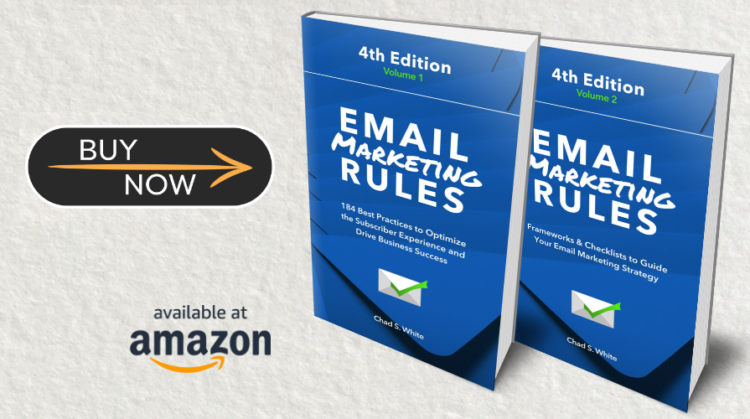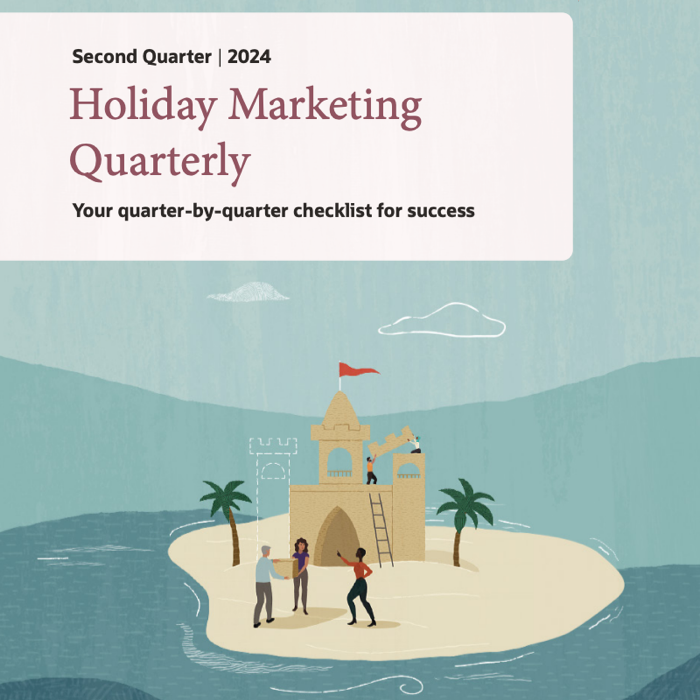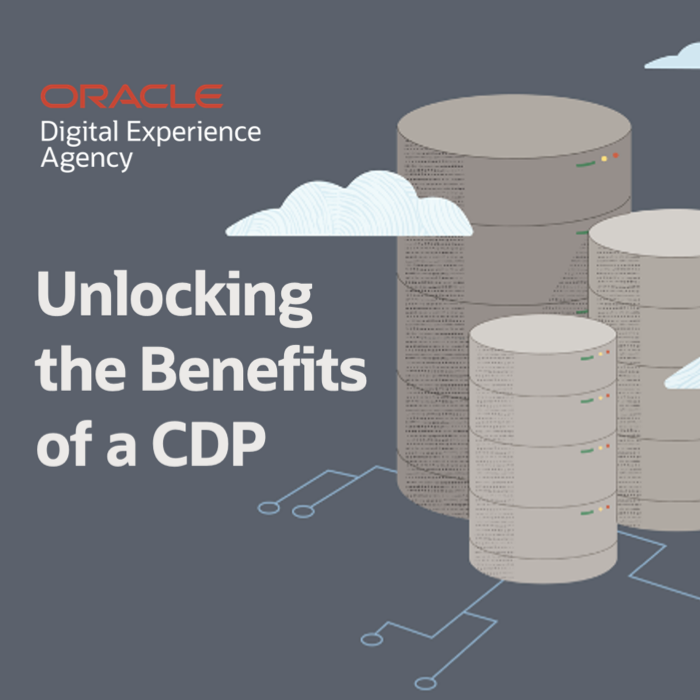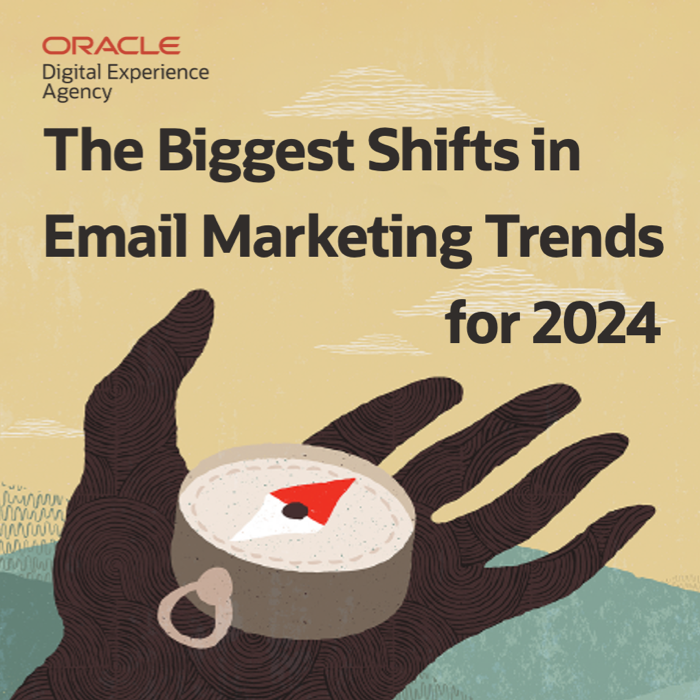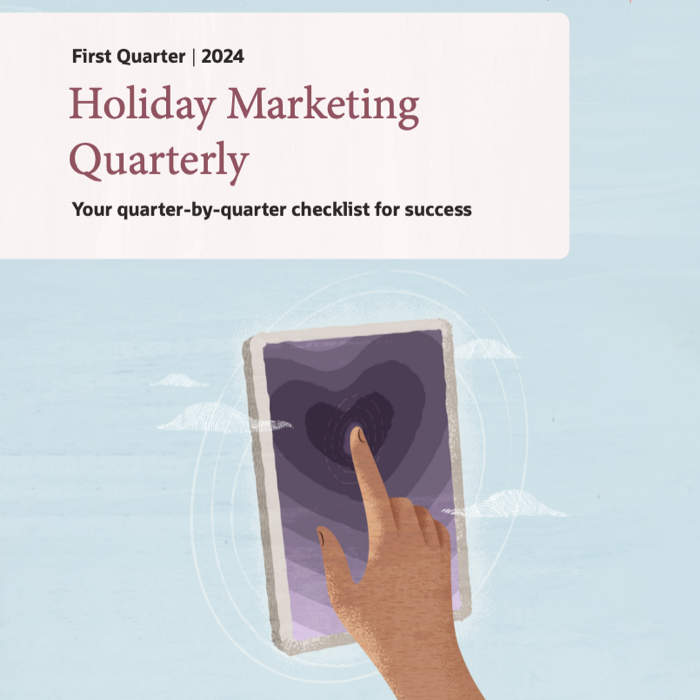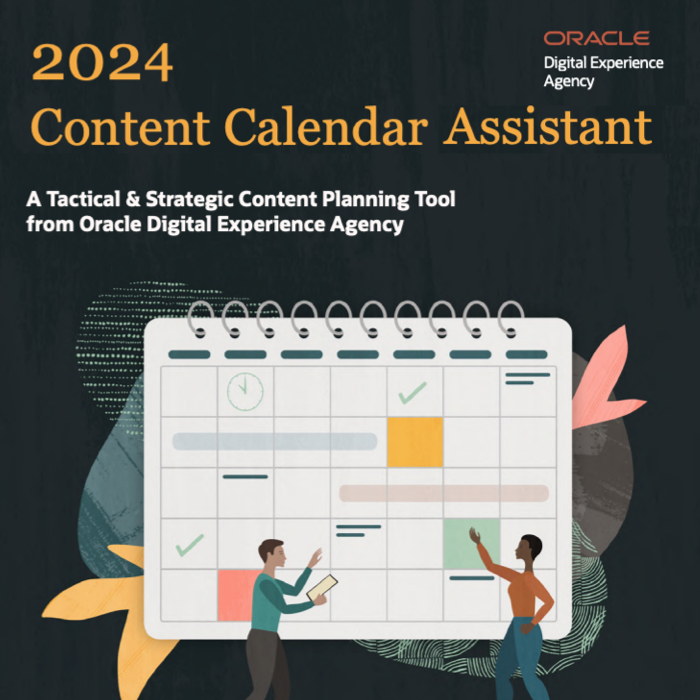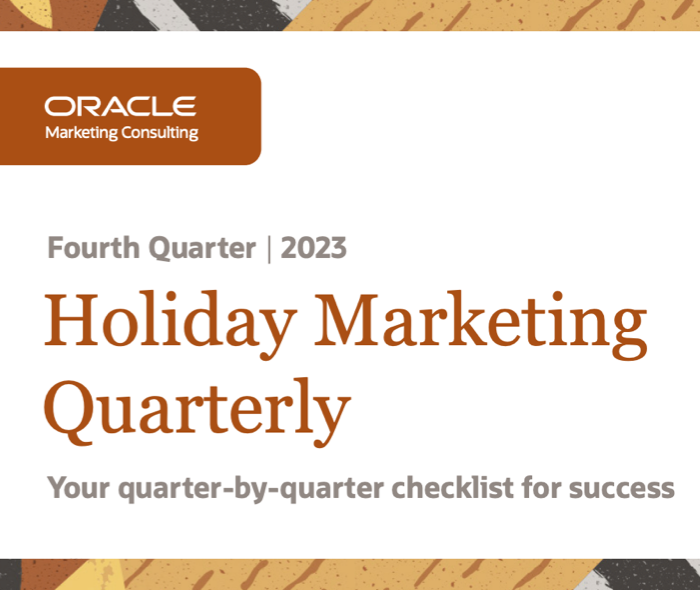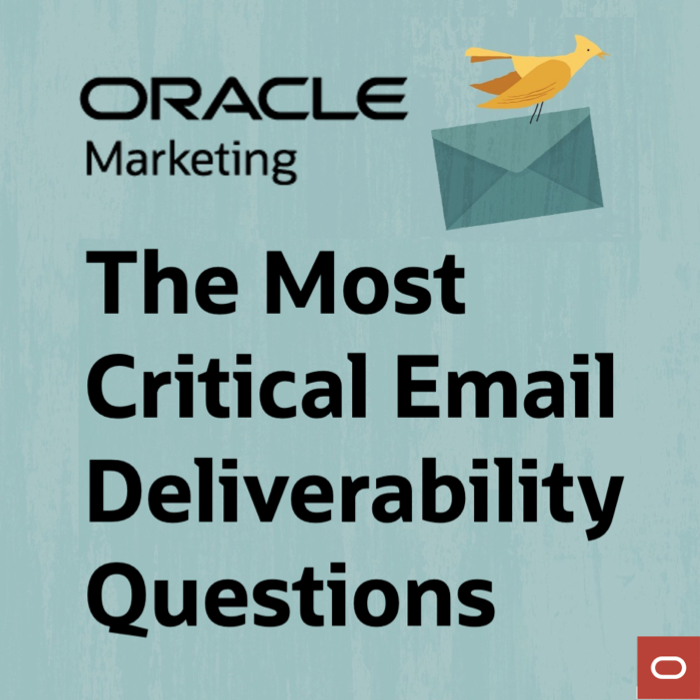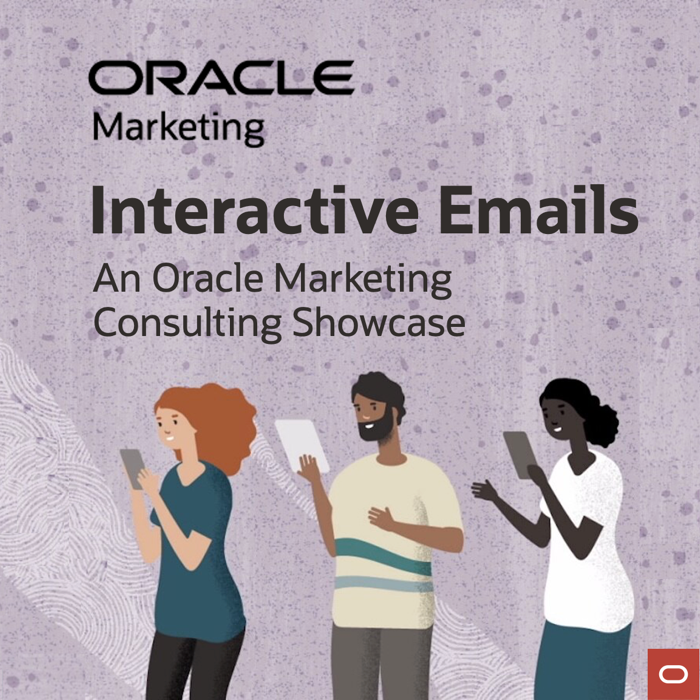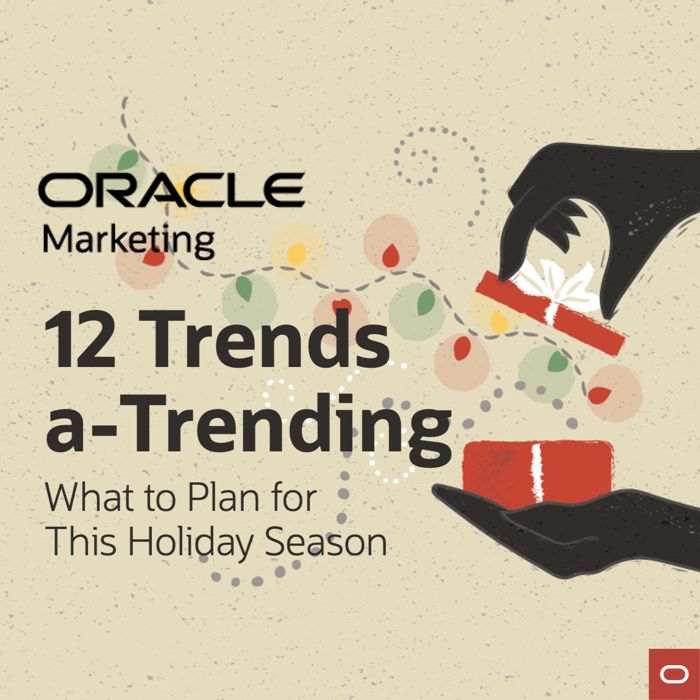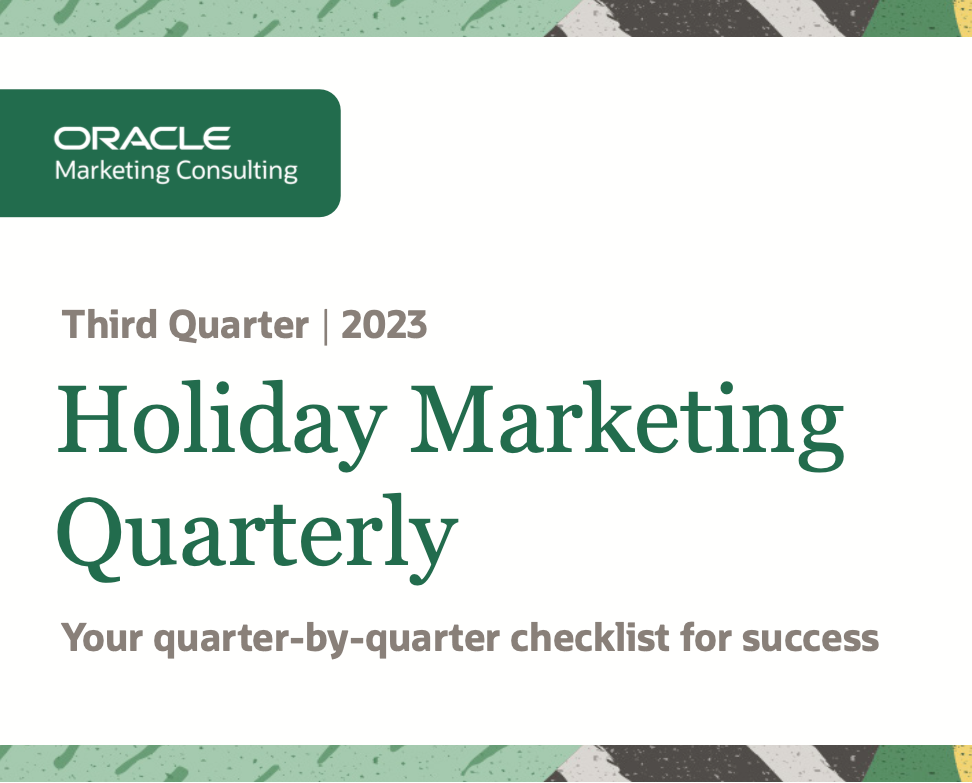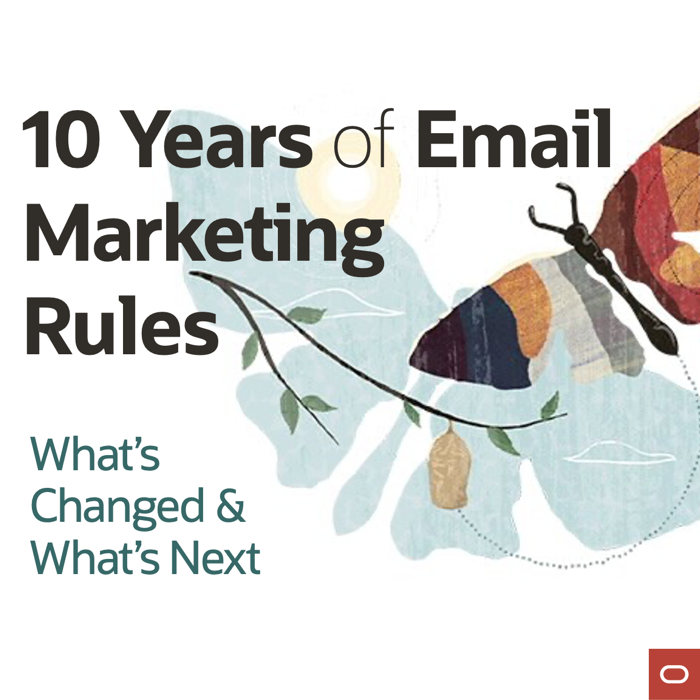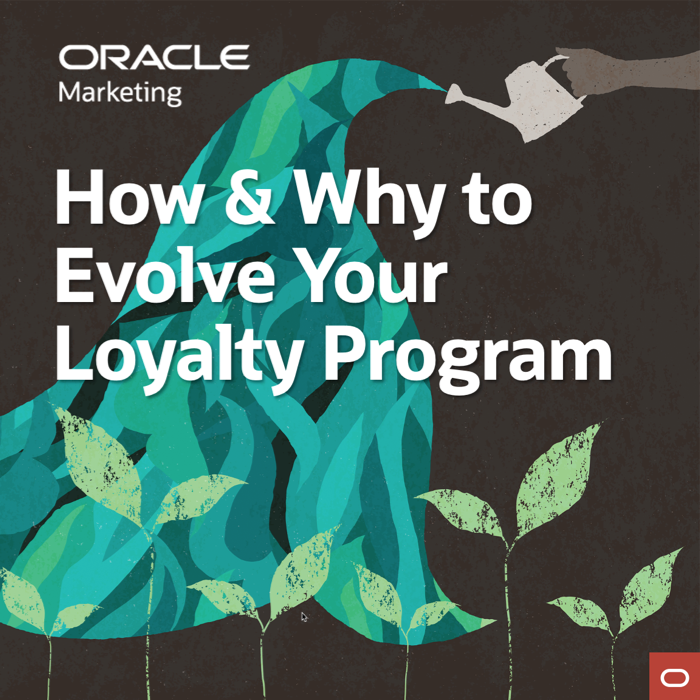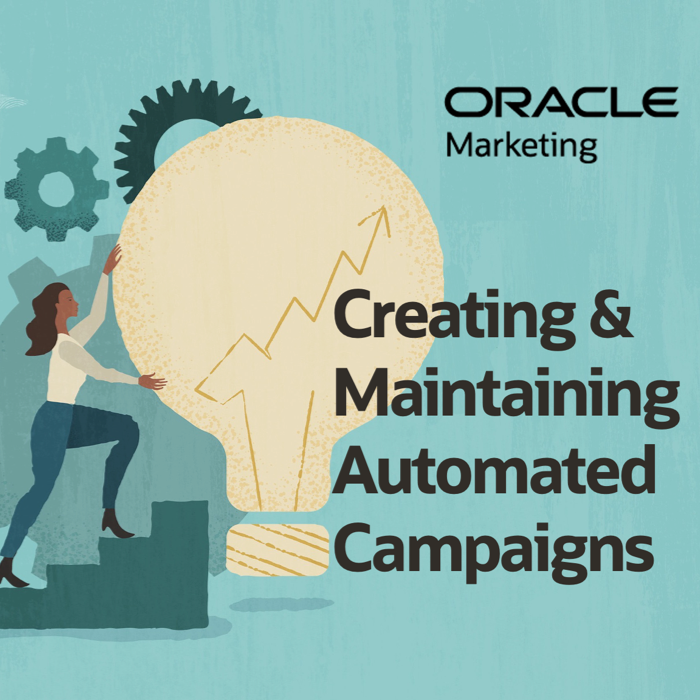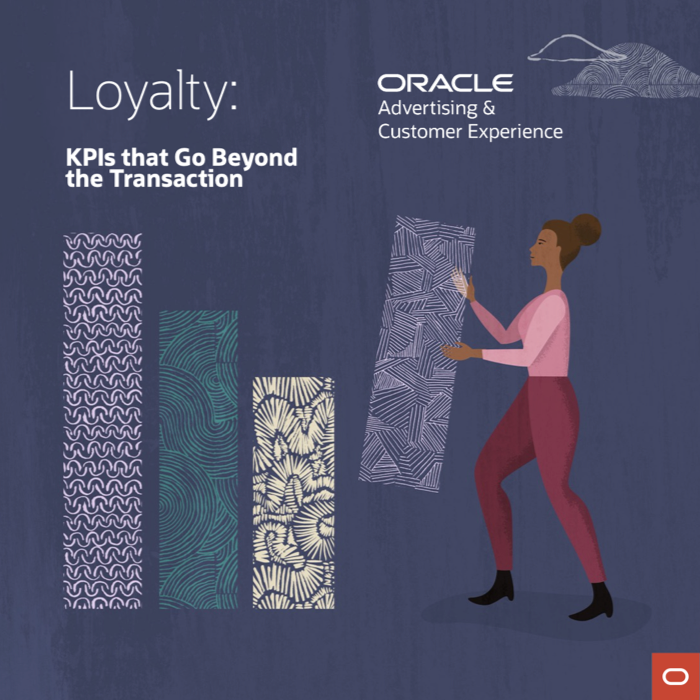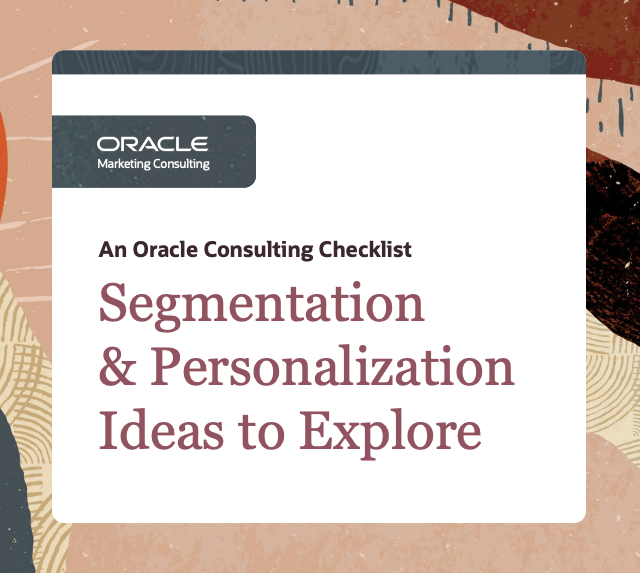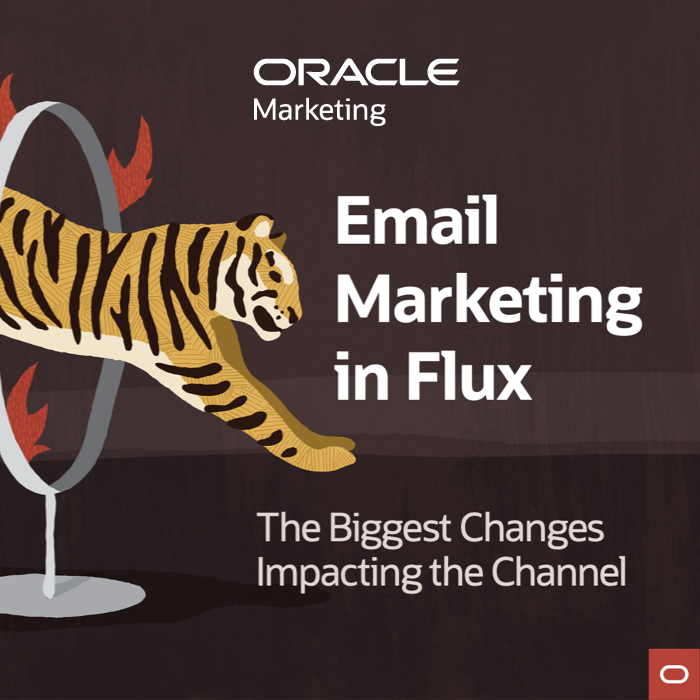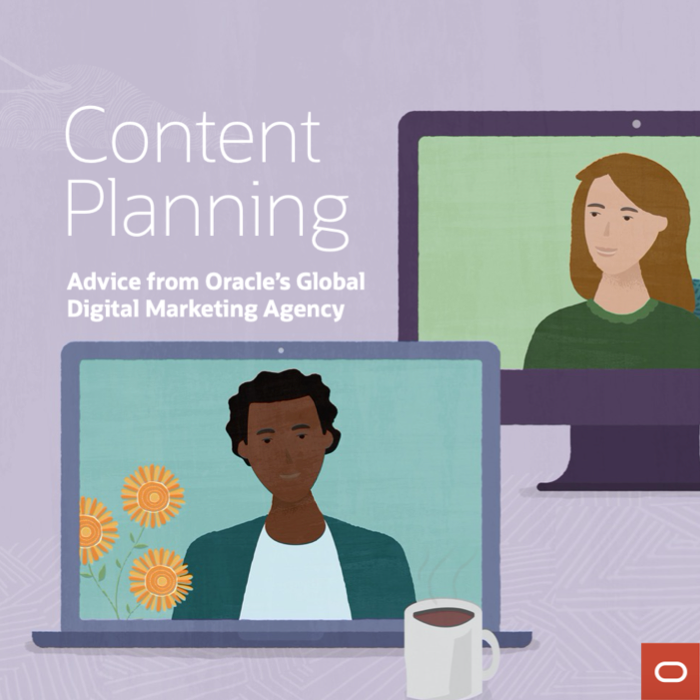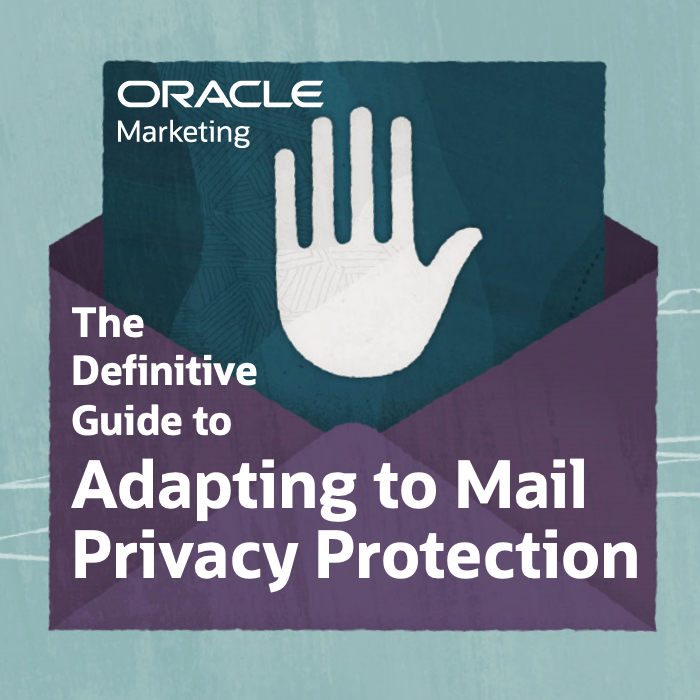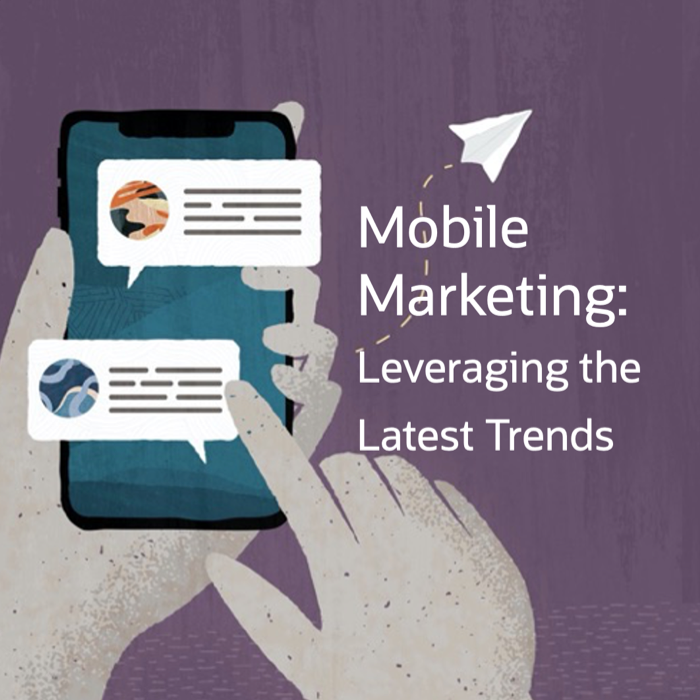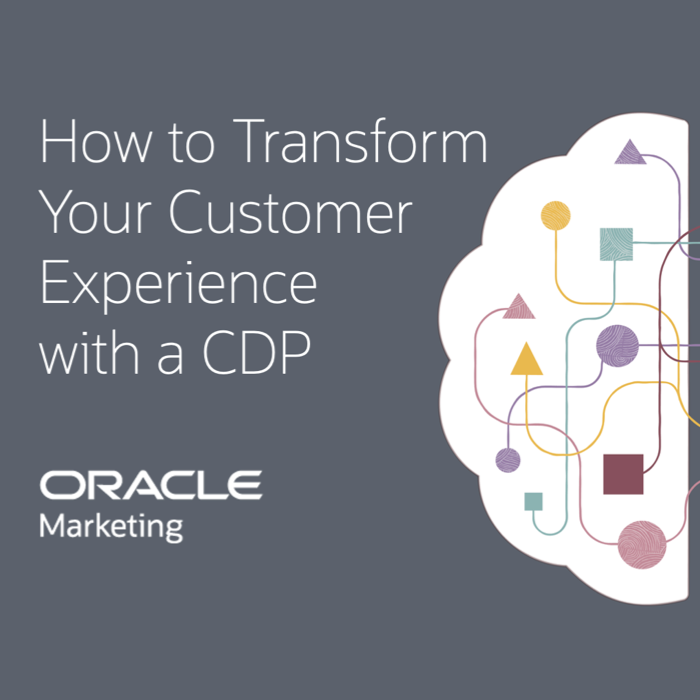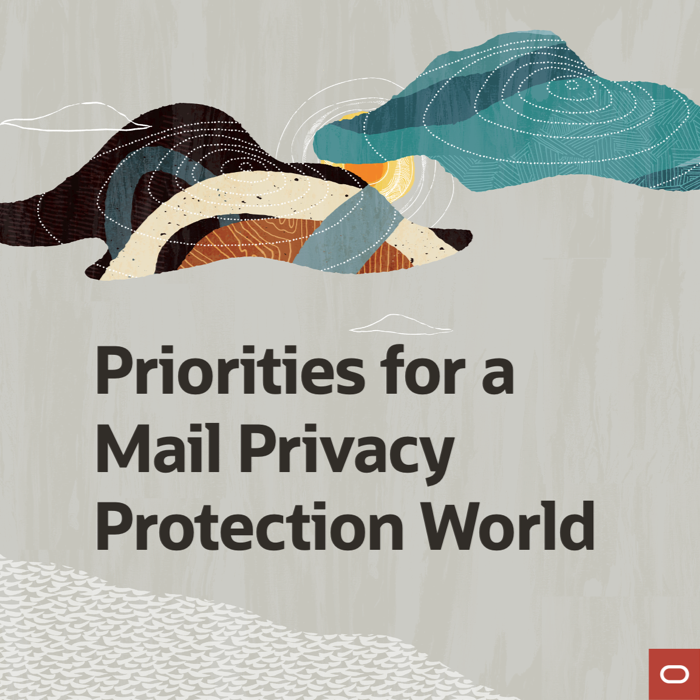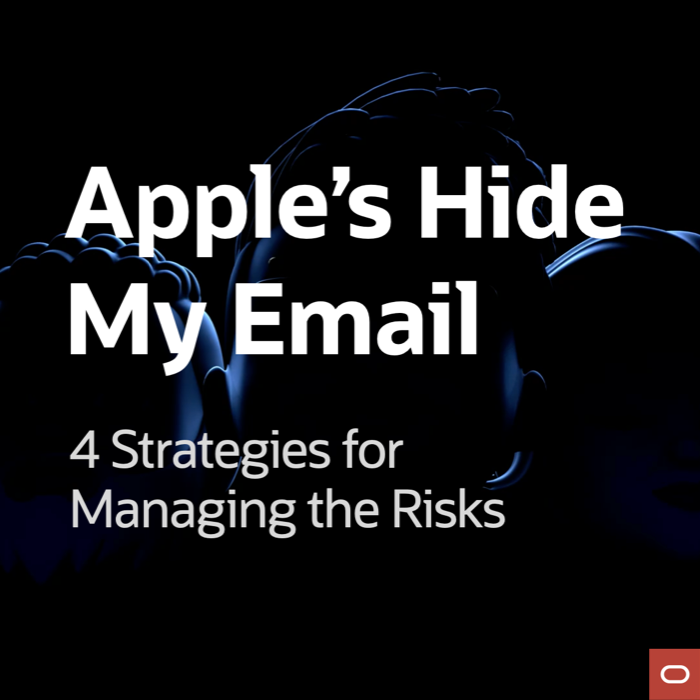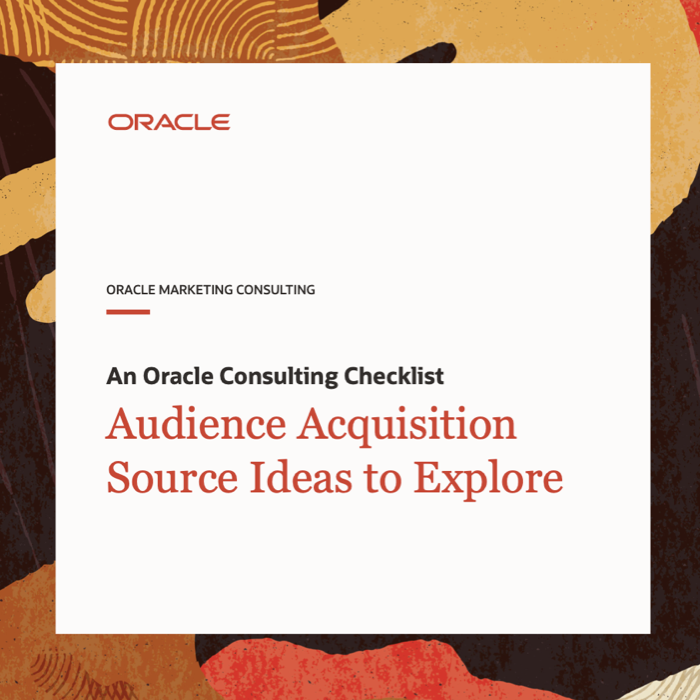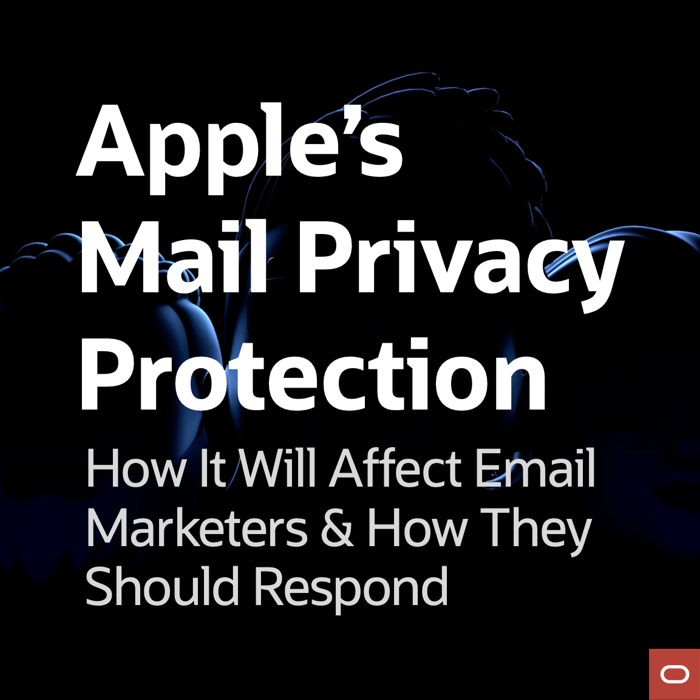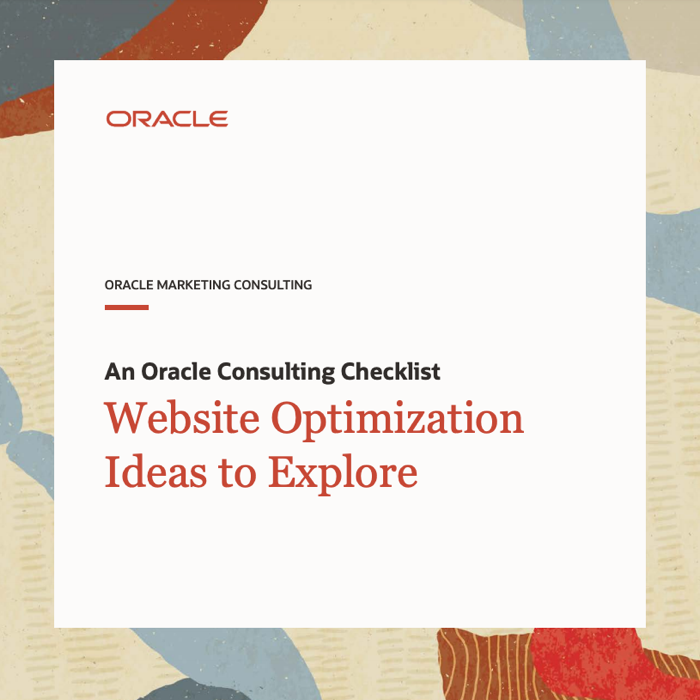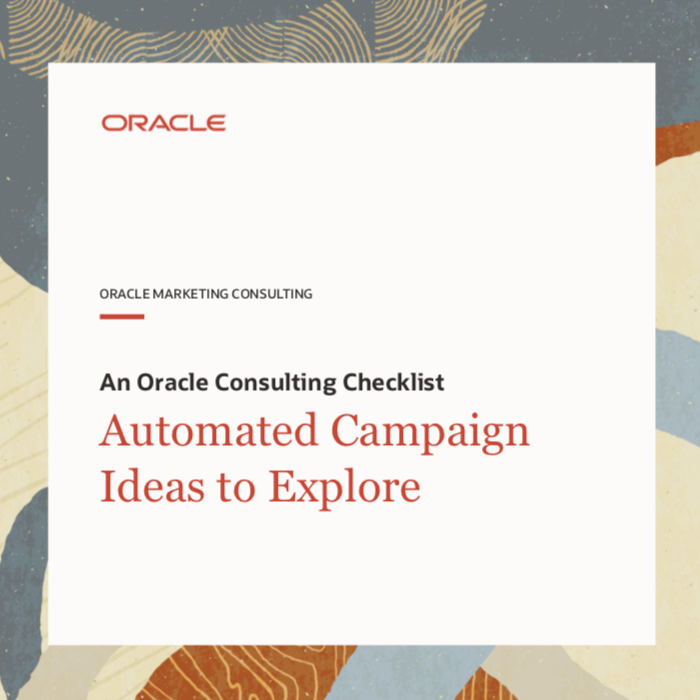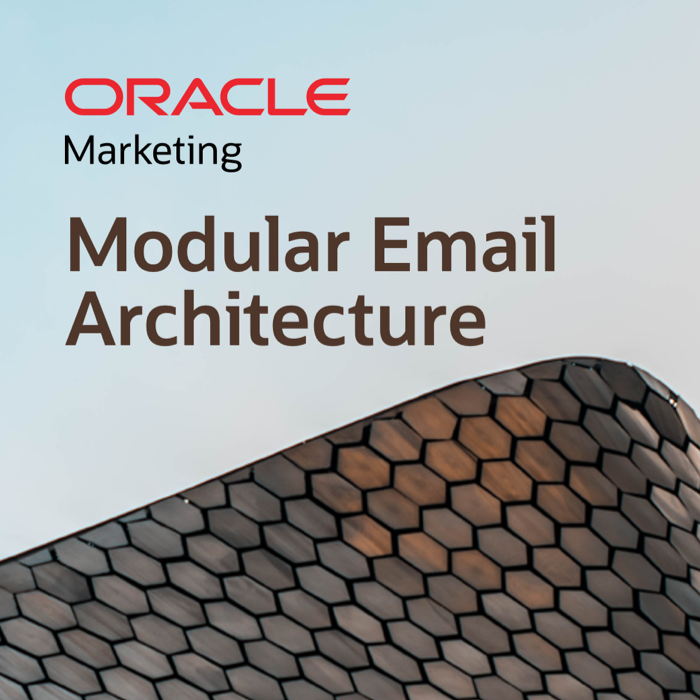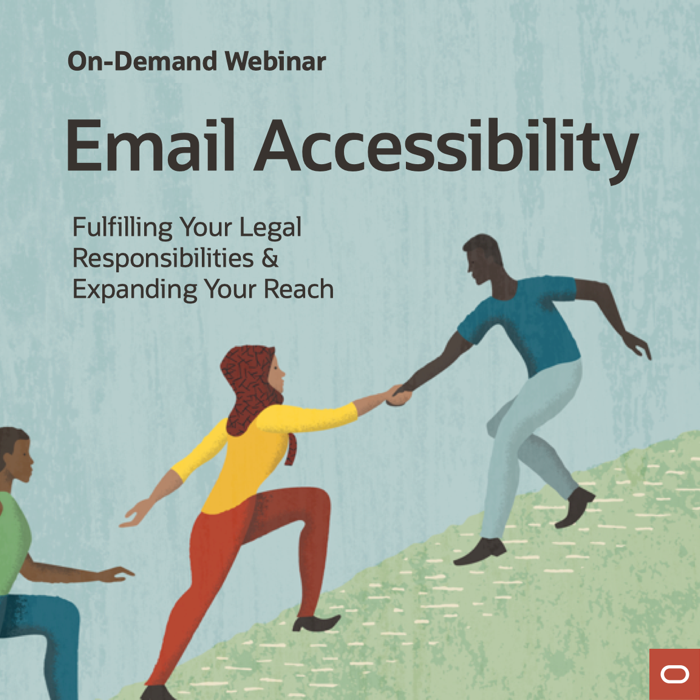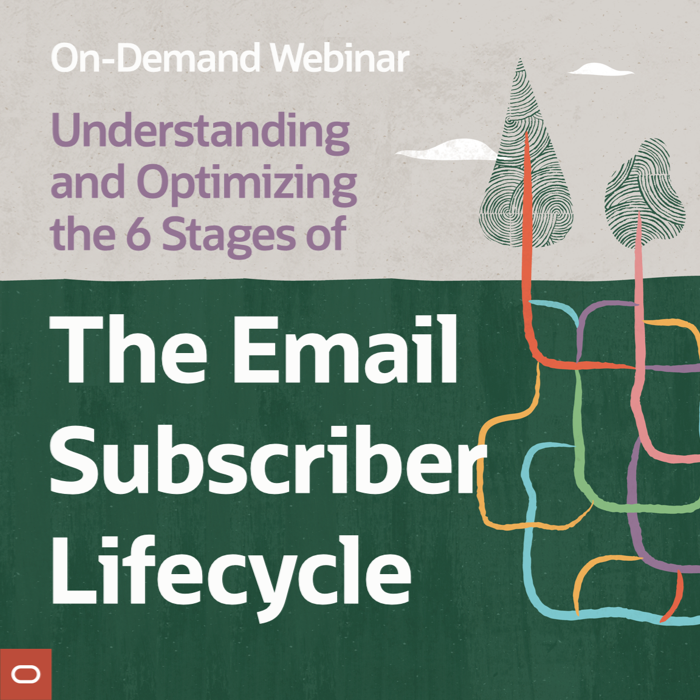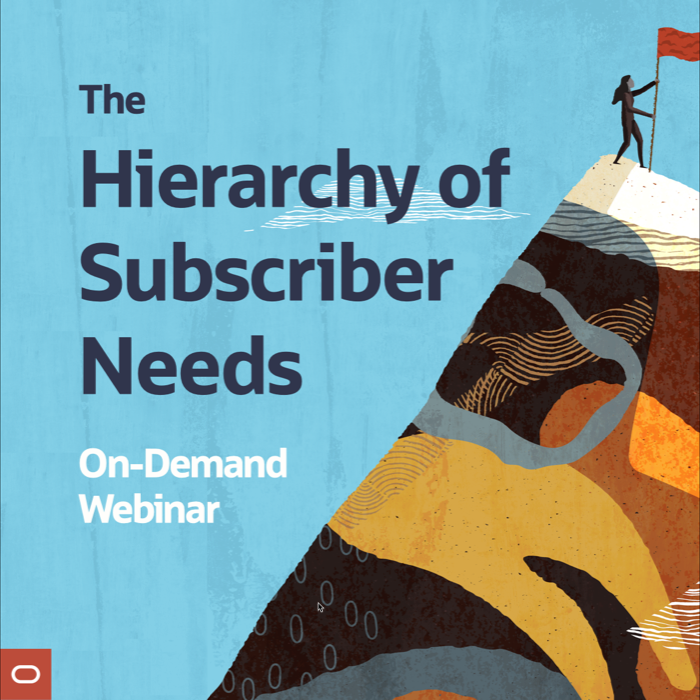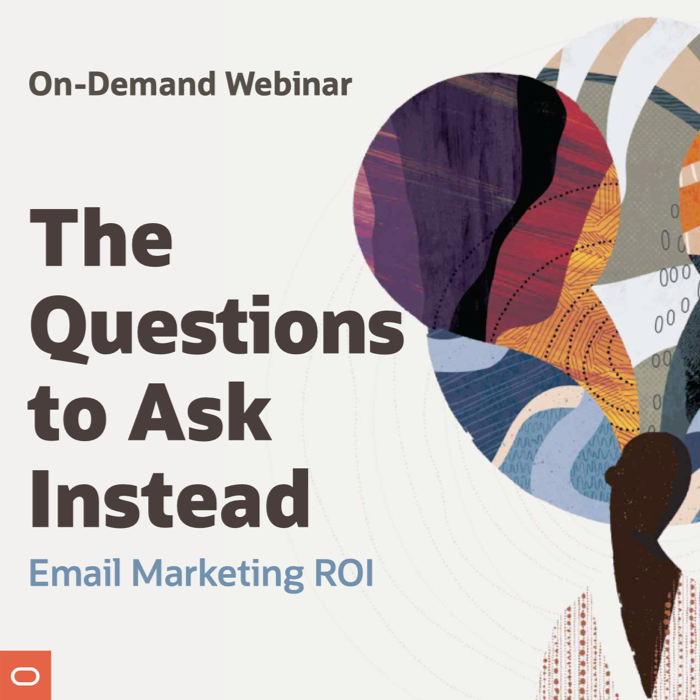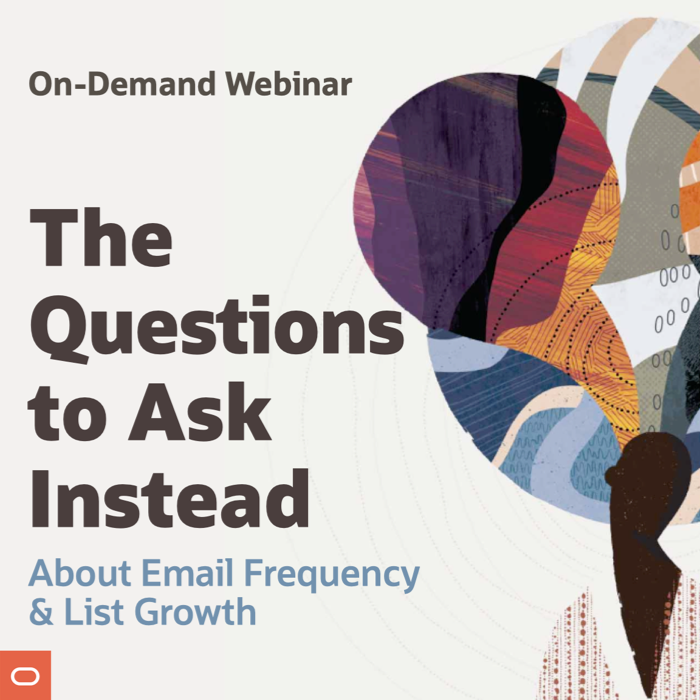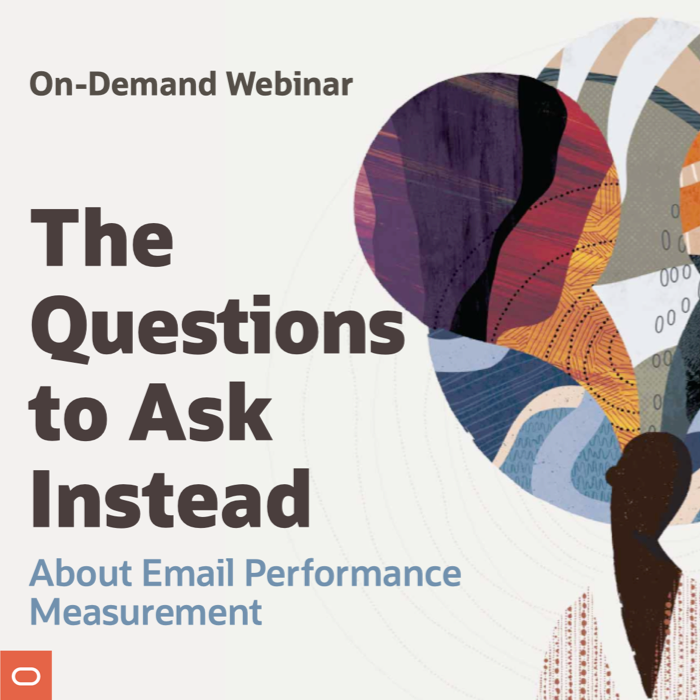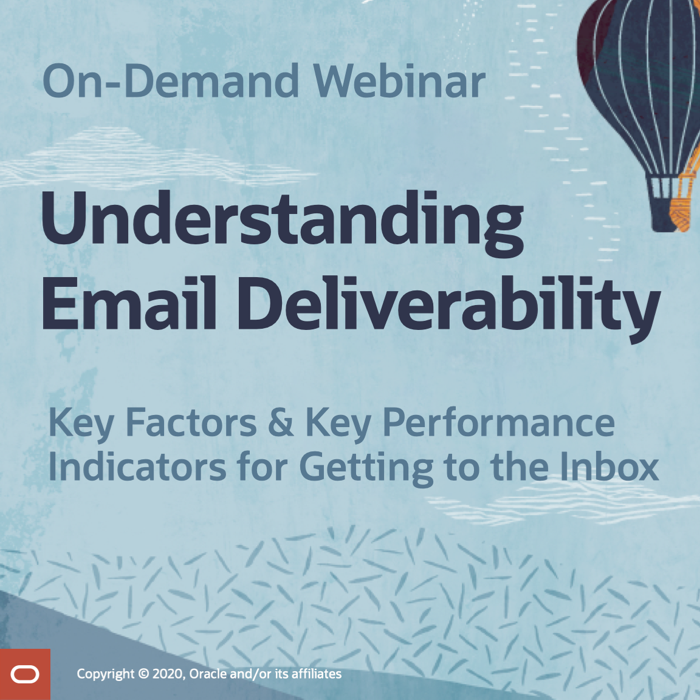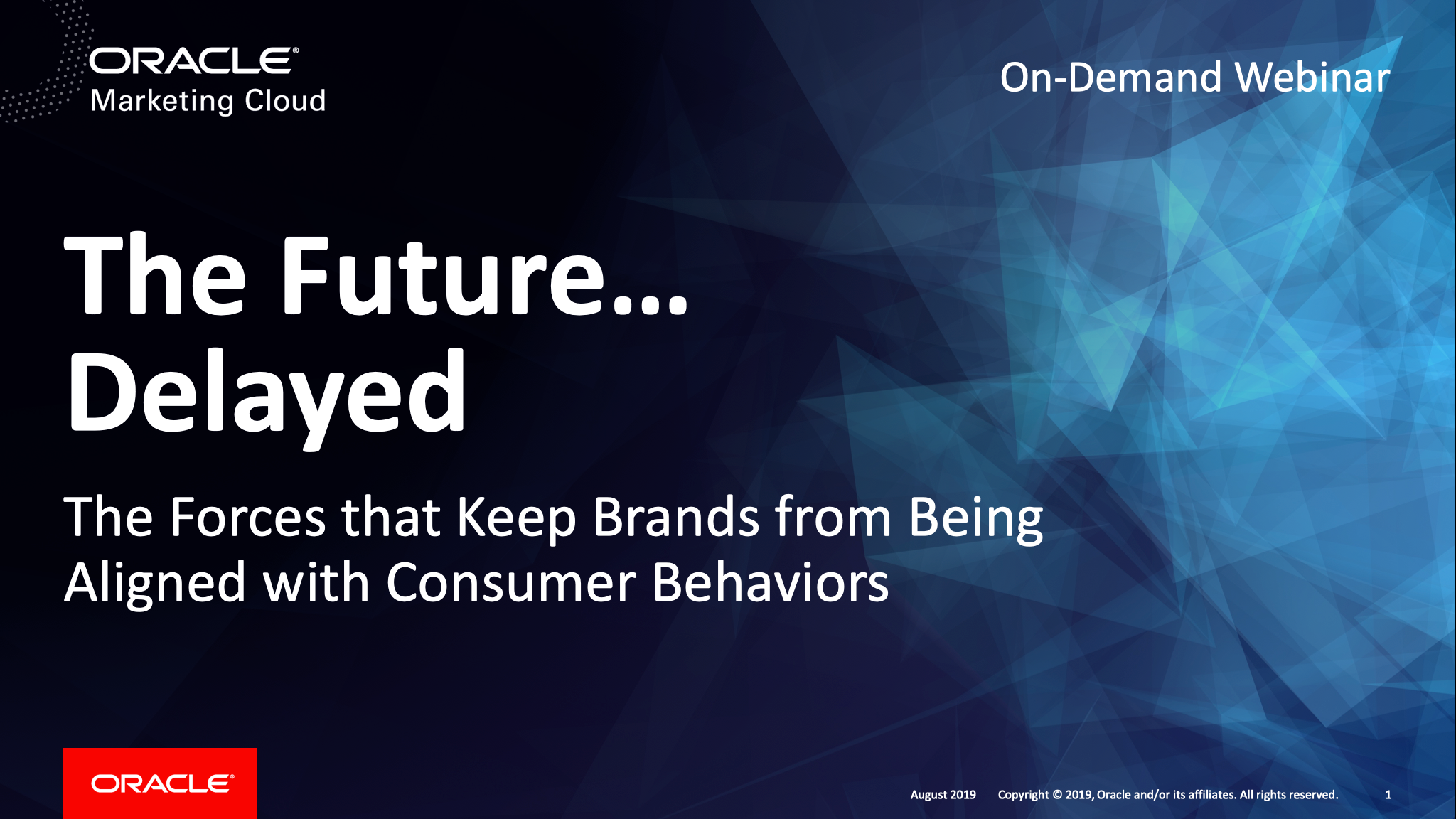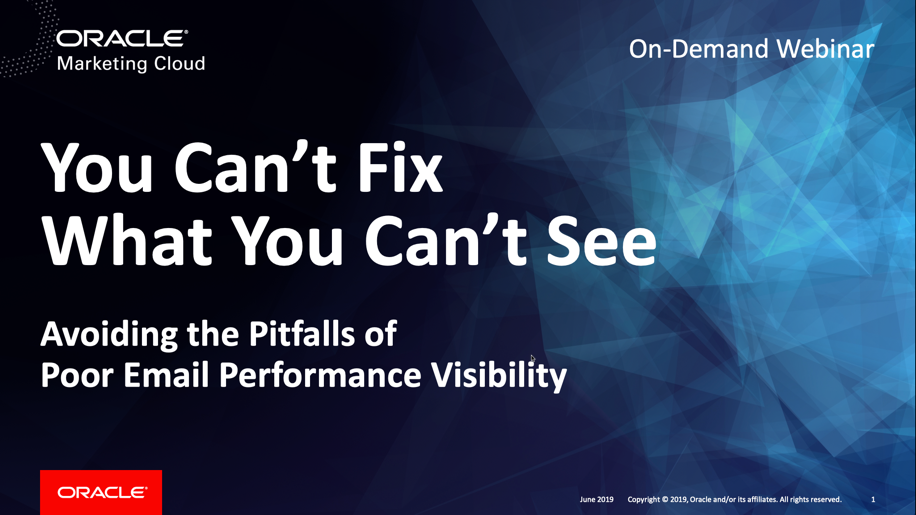Hide My Email: A New Reason to Only Accept Corporate Email Addresses
Posted on August 10, 2021

Lead-generation forms and promotional email signups are a value exchange between B2B marketers and their intended audiences. In exchange for research and other content, B2B brands hope to:
- Improve how form-completers think of their brand, hopefully nudging them toward an eventual conversion
- Identify the form-completer and the company they represent, and then connect this form completion to other actions to understand their level of interest through lead scoring
- Form an ongoing relationship with the form-completer, if they opt-in to receive promotional messages from the brand
However, when people enter a non-corporate email address into a lead-gen or email signup form, that can undermine those last two goals. That puts B2B marketers in the position of having to decide if it’s still worth enough to them to accept those email addresses. Some have decided that it’s not, and that camp is likely to grow as Apple rolls out a new and improved Hide My Email feature this fall.
Posted by Chad S. White
How to Optimize Web Modals and Boost Visitor Engagement
Posted on July 26, 2021

Popups, popovers, slide-ins, lightboxes, and other web modals are powerful because they demand attention. However, when they demand too much attention too loudly or especially too often, they can be incredibly annoying. That can lead to an increase in site abandonment, and even keep consumers from returning if they anticipate being harassed by modals every time they visit, says Oracle Maxymiser’s Chris De Marinis, Head of Website Optimization & Personalization Services at Oracle Marketing Consulting.
At Oracle, we optimize a lot of modals for a range of purposes—from promotional email signups to delivering discounts to promoting events. Always start by asking yourself: What goal am I trying to accomplish with my modal?
Once you have that question answered, determine how to best use the six aspects of web modals to accomplish your goal. These are the aspects that we focus our tests on:
- The Content of the Modal
- The Audience of the Modal
- What Triggers the Modal
- The Kind and Size of the Modal
- Dismissal Method
- The Trigger Frequency
For an exploration of each of those components…
Posted by Chad S. White
Pandemic Email Audience Changes: Managing the Risks and Opportunities
Posted on June 10, 2021
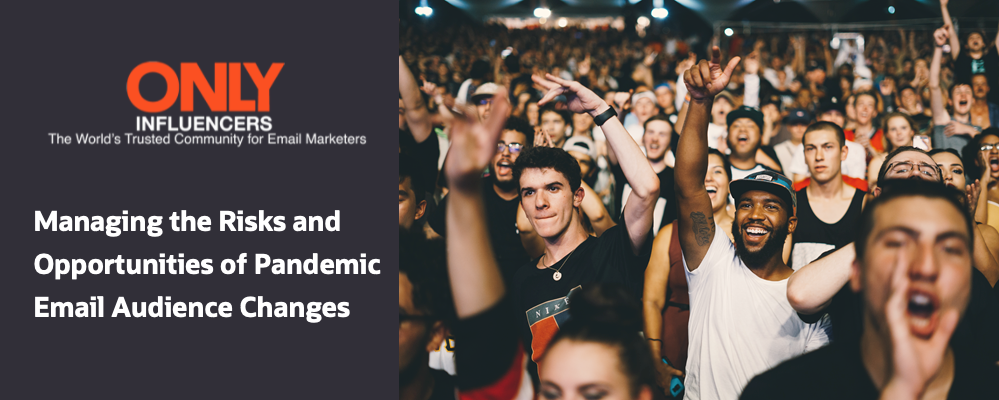
List building has been challenging over the past 18 months, which has now made managing subscribers a challenge. Before talking about the issues that are pressing now, let’s look at how we got here…
When coronavirus lockdowns started in March last year, consumer behaviors started to rapidly evolve. Many stores were closed and many people didn’t want to go to the stores that were open, which heavily impacted subscriber acquisition efforts in those settings and shifted most list growth to online signups. Grocery delivery exploded in popularity, and ecommerce as a percentage of retail sales gained several year’s worth of growth in several weeks. Roughly half of the people who had never bought anything online made their first online purchase ever during those early weeks. Retailers and restaurants hastily rolled out curbside pickup and same-day delivery to try to serve online customers better. Meanwhile, widespread out-of-stocks had people shopping around and trying new brands at record levels. Layer on top of that massive shifts in employment and considerable urban flight.
Stating the obvious, that’s a lot of change. And it’s change that has posed risks in terms of not being able to adapt to subscribers’ evolving needs and then losing them, but also presented opportunities in terms of gaining brand new customers who have been driven to try new brands. The next phase of change is upon us and presents similar risks and opportunities…
Posted by Chad S. White
Subscriber Needs Your Preference Center Should Address
Posted on April 15, 2021
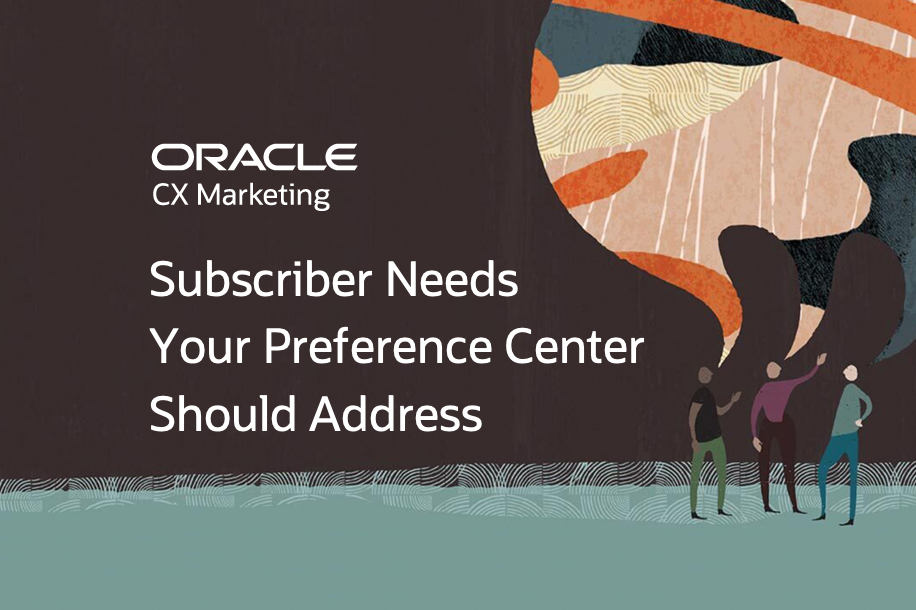
Despite having lots of tools to optimize contact frequencies based on changing subscriber behaviors, the reliance of most companies on last-click attribution strategies and a focus on short-term campaign-centric goals has created a strong bias toward ever-increasing frequencies across all channels. Inevitably, this will leave many of your customers feeling overmessaged and overwhelmed.
The clearest measure of this frustration can be seen in your active and passive list churn. Your active list churn includes those who opt out by unsubscribing or reporting your messages as spam, while your passive list churn includes those who opt out by ignoring your messages, eventually becoming long-term inactive subscribers.
Having a preference center can be a powerful tool in reducing both of those kinds of churn, giving customers an opportunity to openly and clearly express their current communication desires—not only for contact frequency, but for a range of preferences. In most cases, your preference center replaces your unsubscribe page, making it the last touchpoint you’ll have with many of your subscribers.
For a deep dive on the preference center options to consider…
Posted by Chad S. White
Holiday Marketing Quarterly: Second Quarter 2021 Checklist
Posted on April 8, 2021

Oracle’s Holiday Marketing Quarterly gives B2C brands a quarter-by-quarter checklist for how to achieve more during the critical holiday season with their email marketing and other digital marketing channels. Along with guidance on planning, strategy, and prioritization, you’ll get advice and tips from some of Oracle Marketing Consulting’s more than 500 digital marketing experts.
Our second quarter checklist is focused on finishing your review of the 2020 holiday season and then making a range of improvements to everything from subscriber acquisition to performance reporting to campaign production. In this Holiday Marketing Quarterly, we’ll cover:
- Holiday Messaging Competitive Intelligence
- Subscriber Acquisition Source Optimization
- Unsubscribe Process Optimization
- Improved Analytics & Reporting
- Experimentation & Testing
- Accelerate Campaign Build Processes
For details on each of those areas…
>> Download the 18-page Second Quarter 2021 Holiday Marketing Quarterly
Posted by Chad S. White
Email Marketing Trends for 2021: Competitive Differentiators
Posted on February 23, 2021
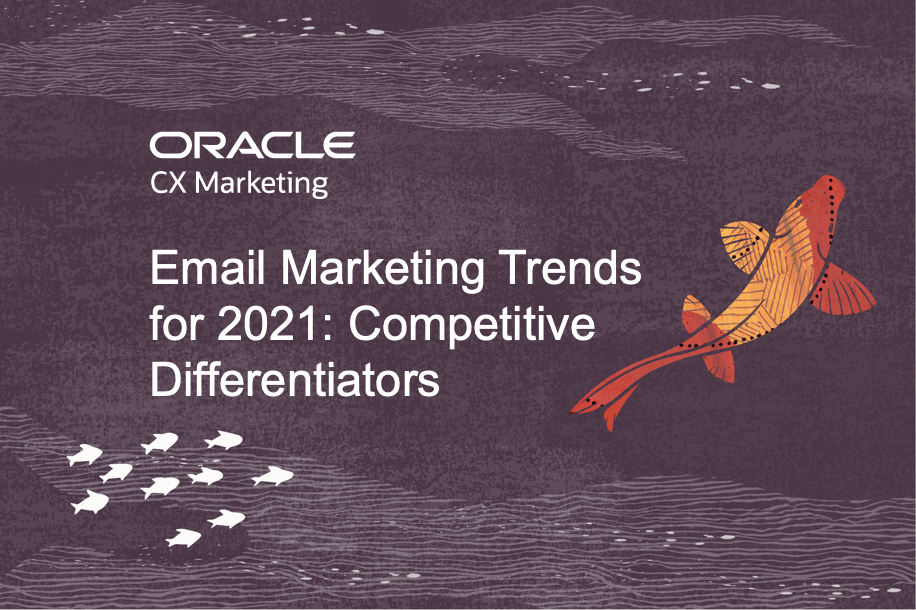
In the ever-changing world of email marketing, it can be difficult to know where to invest your time and energy. It’s extra challenging in turbulent times like these, when consumer behaviors and business goals are shifting. To help you prioritize your email marketing efforts this year, we surveyed Oracle Marketing Consulting’s more than 500 digital marketing experts, asking them to rate the current adoption of a range of email marketing technologies and tactics, as well as their predicted impact during 2021. We then mapped the results into adoption-impact quadrants.
In this post, we’re going to look at the Competitive Differentiators in the low adoption–high impact quadrant. The technologies and tactics in this quadrant are not completely proven, but some companies are already seeing great results from using them. They offer a significant competitive advantage with considerably less risk than our Unproven Opportunities.
But, there are still risks, including the acquisition of smaller providers, frequent process and feature changes as the technology stabilizes, frequent changes in best practices as knowledge rapidly evolves, changing cost structures, scarcity of needed skills, and other issues. These hassles and expenses are easier to accept, however, because many adopters are already seeing a sizable return on their investment. Their willingness to accept some uncertainty in exchange for good returns gives them a distinct advantage over their competitors, most of whom have yet to embrace these tactics and technologies.
Of the 26 trends we surveyed our digital marketing consultants about, 12 of them were rated as being in the low adoption–high impact quadrant for 2021. Let’s talk about each of them in turn…
>> Read the full post on Oracle’s Modern Marketing Blog
Posted by Chad S. White
Welcome Email Best Practices
Posted on November 17, 2020
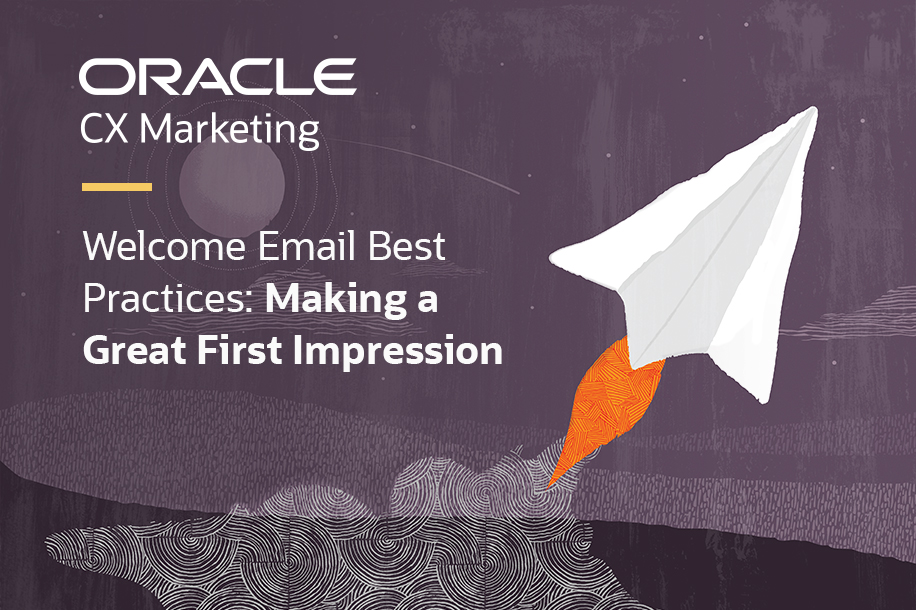
When someone signs up to receive your promotional emails, it marks the start of what is hopefully a long and mutually beneficial relationship. Start it off right by sending the most effective welcome email possible.
Here are seven best practices to follow:
- Send welcomes immediately.
- Ask new subscribers to do something high-value.
- Keep your copy and design focused.
- Use a welcome email series.
- Send different welcome emails based on the acquisition source.
- QA and optimize your welcomes often.
- Seasonally update your welcomes.
For a full discussion of each of those recommendations, including advice from our digital marketing consultants…
>> Read the entire post on Oracle’s Modern Marketing Blog
Posted by Chad S. White
Double Opt-In Best Practices
Posted on September 1, 2020
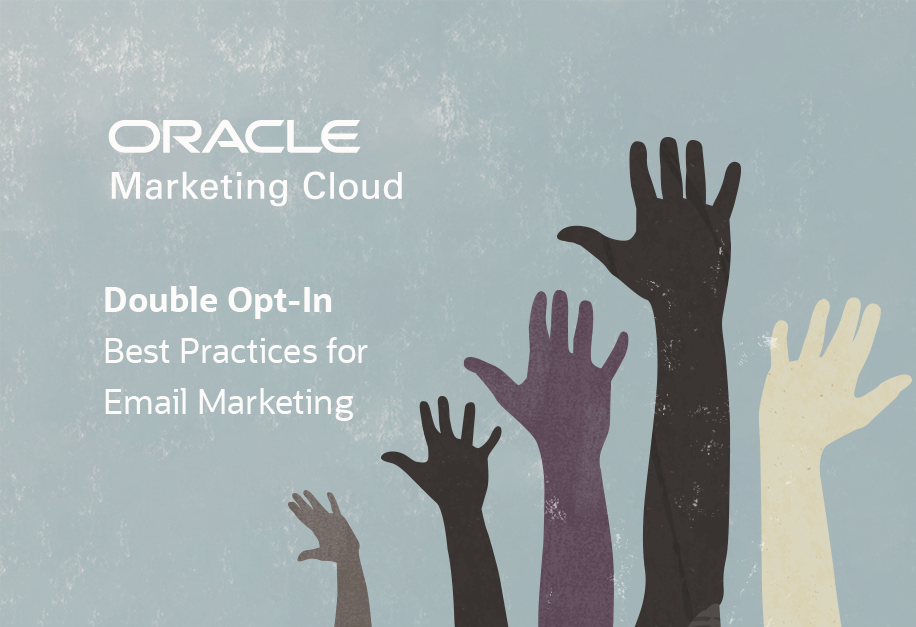
Double opt-in (DOI) permission practices are often seen as unnecessary and harmful to list growth. However, when used correctly, they can improve your email program’s results by protecting your sender reputation, which keeps you from having deliverability problems.
In this post, we answer key questions about double opt-in, including:
- How does a DOI process work?
- What are the advantages of DOI?
- What are the disadvantages of DOI?
- Where should I use a DOI process?
- How can I maximize DOI confirmations?
We also share how we used double opt-in best practices with the Oracle CX Marketing Consulting newsletter, which enjoys a 96% opt-in confirmation rate. As we discuss the best practices, we share screenshots of our subscription confirmation page, opt-in confirmation request email, and opt-in confirmation page so you can see exactly how we put them into action.
Of course, you’re also welcome to experience them yourself by signing up for our twice-monthly newsletter, which is full of advice and insights from our more than 500 digital marketing consultants.
>> Read the entire post on Oracle’s Modern Marketing Blog
Posted by Chad S. White
On-Demand Webinar: The Email Subscriber Lifecycle
Posted on August 25, 2020
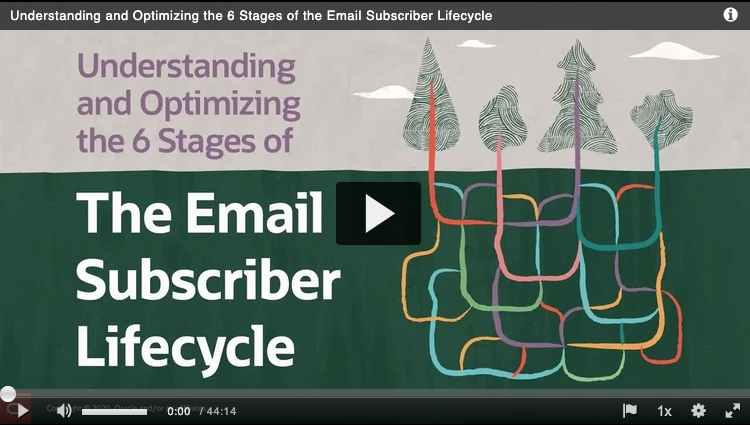
To nourish and grow an email relationship, you need to cater to your subscribers’ needs and wants throughout the entire subscriber lifecycle. That means developing tactics to address the major subscriber moments from beginning to end.
During this free 44-minute on-demand webinar, I discuss:
- The six stages of the subscriber lifecycle, from when a visitor or customer signs up for your promotional emails through when they’re lost as a subscriber
- The pages, emails, and other elements that are a part of each stage of the subscriber lifecycle
- How to improve each lifecycle stage
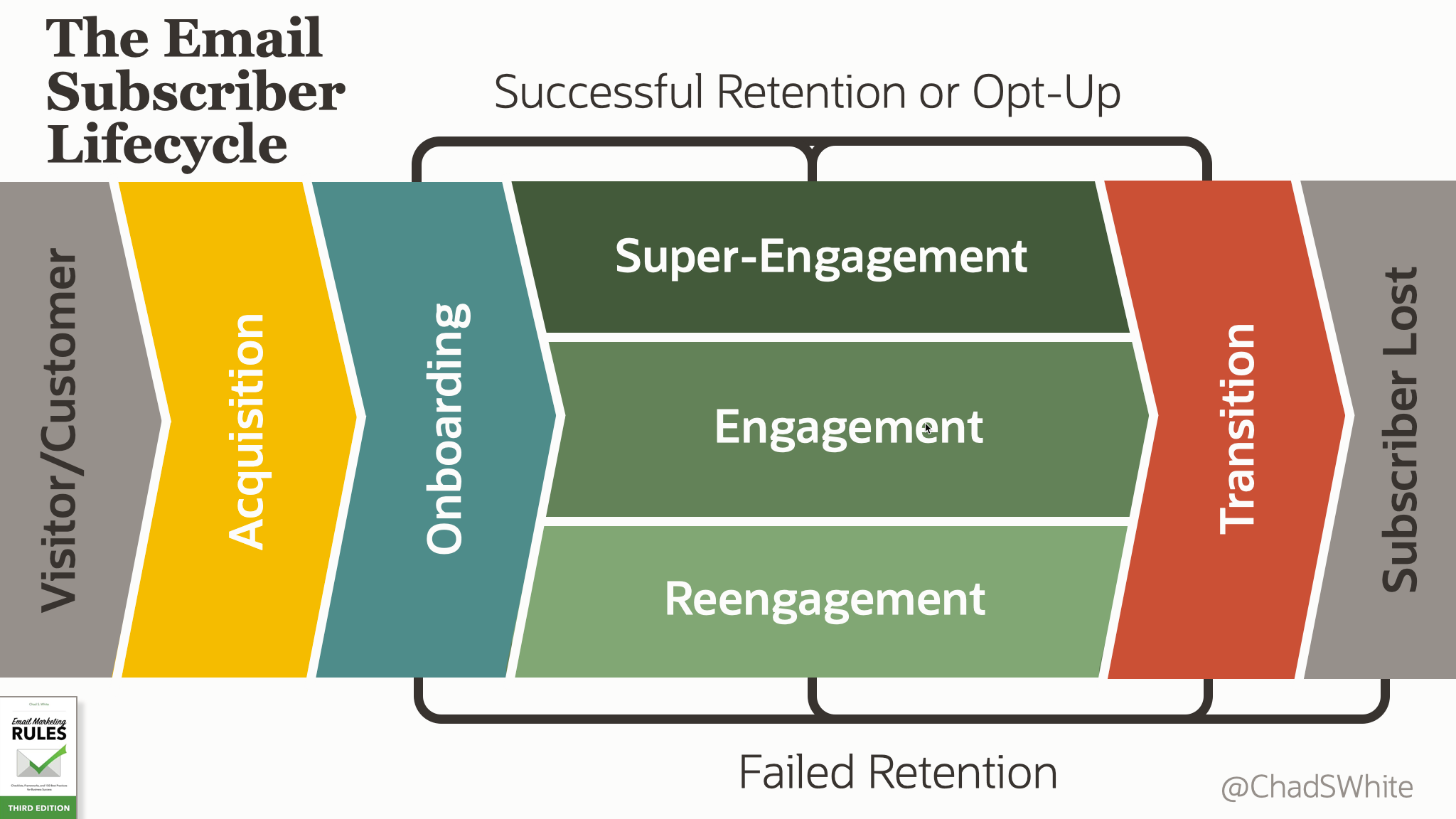
By the end of the webinar, you’ll understand how to improve subscriber retention as well as increase subscriber lifetime value by optimizing each stage of the lifecycle.
>> Watch the on-demand webinar on Oracle’s Modern Marketing Blog
Posted by Chad S. White
On-Demand Webinar: Keep Optimizing Email Marketing Webinar
Posted on August 6, 2020
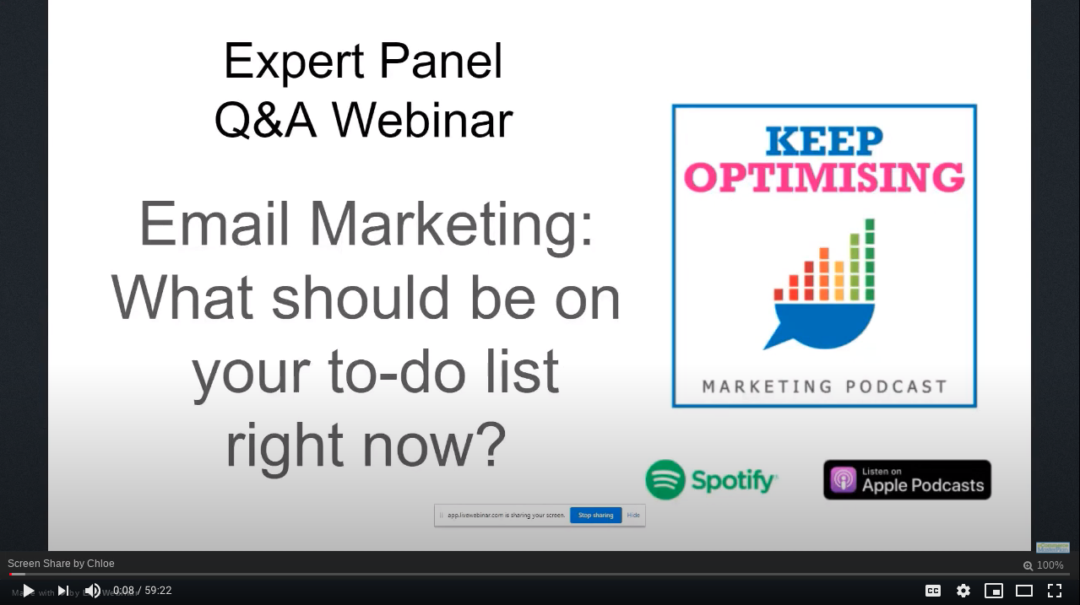
As a follow-up to my appearance on the Keep Optimizing Podcast, I join host Chloe Thomas and her podcast’s other email marketing expert guests to talk about a wide range of email marketing issues, including:
- How can marketers best prepare themselves for Black Friday, Cyber Monday, and the rest of the holiday season?
- What do watch out for when running sweepstakes to grow your email list?
- How to think about list hygiene and do it properly?
- How can struggling retailers generate more business with email marketing?
- How has consumer behavior changed this year and how is that impacting your email marketing audience?
- What is email’s role in an omnichannel world?
- What one thing should marketers do to succeed with email marketing this year?
To watch the free on-demand webinar, as well as to access all of the Keep Optimizing podcasts about email marketing…
>> Visit KeepOptimising.com
Posted by Chad S. White

Welcome! Email Marketing Rules is your guide to understanding the best practices of this complex, often misunderstood channel as you craft the best executions for your brand. Every week, we’ll explore strategies and tactics, discuss tips and inspiration, and dig into industry news and trends.
Chad S. White
Head of Research
Oracle Digital Experience Agency
Author of Email Marketing Rules and nearly 4,000 articles about digital and email marketing
Topics
Recent Posts
Archives
- May 2024 (1)
- April 2024 (6)
- March 2024 (9)
- February 2024 (10)
- January 2024 (7)
- December 2023 (7)
- November 2023 (6)
- October 2023 (10)
- September 2023 (7)
- August 2023 (9)
- July 2023 (7)
- June 2023 (8)
- May 2023 (8)
- April 2023 (9)
- March 2023 (9)
- February 2023 (6)
- January 2023 (10)
- December 2022 (5)
- November 2022 (7)
- October 2022 (10)
- September 2022 (9)
- August 2022 (6)
- July 2022 (5)
- June 2022 (8)
- May 2022 (7)
- April 2022 (4)
- March 2022 (9)
- February 2022 (7)
- January 2022 (7)
- December 2021 (5)
- November 2021 (7)
- October 2021 (9)
- September 2021 (7)
- August 2021 (9)
- July 2021 (6)
- June 2021 (8)
- May 2021 (6)
- April 2021 (3)
- March 2021 (6)
- February 2021 (6)
- January 2021 (9)
- December 2020 (8)
- November 2020 (6)
- October 2020 (10)
- September 2020 (9)
- August 2020 (8)
- July 2020 (10)
- June 2020 (12)
- May 2020 (6)
- April 2020 (5)
- March 2020 (8)
- February 2020 (6)
- January 2020 (7)
- December 2019 (6)
- November 2019 (6)
- October 2019 (8)
- September 2019 (3)
- August 2019 (5)
- July 2019 (6)
- June 2019 (3)
- May 2019 (7)
- April 2019 (2)
- March 2019 (4)
- February 2019 (3)
- January 2019 (5)
- December 2018 (9)
- November 2018 (7)
- October 2018 (11)
- September 2018 (7)
- August 2018 (9)
- July 2018 (7)
- June 2018 (5)
- May 2018 (5)
- April 2018 (7)
- March 2018 (8)
- February 2018 (3)
- January 2018 (6)
- December 2017 (8)
- November 2017 (8)
- October 2017 (4)
- September 2017 (6)
- August 2017 (5)
- July 2017 (11)
- June 2017 (9)
- May 2017 (8)
- April 2017 (5)
- March 2017 (5)
- February 2017 (3)
- January 2017 (5)
- December 2016 (11)
- November 2016 (6)
- October 2016 (5)
- September 2016 (10)
- August 2016 (10)
- July 2016 (6)
- June 2016 (6)
- May 2016 (8)
- April 2016 (7)
- March 2016 (9)
- February 2016 (8)
- January 2016 (8)
- December 2015 (7)
- November 2015 (8)
- October 2015 (7)
- September 2015 (8)
- August 2015 (4)
- July 2015 (8)
- June 2015 (4)
- May 2015 (6)
- April 2015 (8)
- March 2015 (6)
- February 2015 (9)
- January 2015 (7)
- December 2014 (13)
- November 2014 (7)
- October 2014 (9)
- September 2014 (11)
- August 2014 (13)
- July 2014 (9)
- June 2014 (6)
- May 2014 (8)
- April 2014 (6)
- March 2014 (11)
- February 2014 (7)
- January 2014 (8)
- December 2013 (10)
- November 2013 (8)
- October 2013 (11)
- September 2013 (10)
- August 2013 (12)
- July 2013 (9)
- June 2013 (10)
- May 2013 (12)
- April 2013 (7)
- March 2013 (9)
- February 2013 (5)
 Email Marketing Rules
Email Marketing Rules

